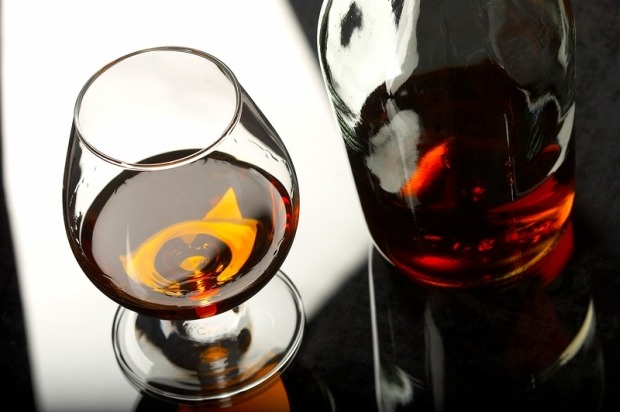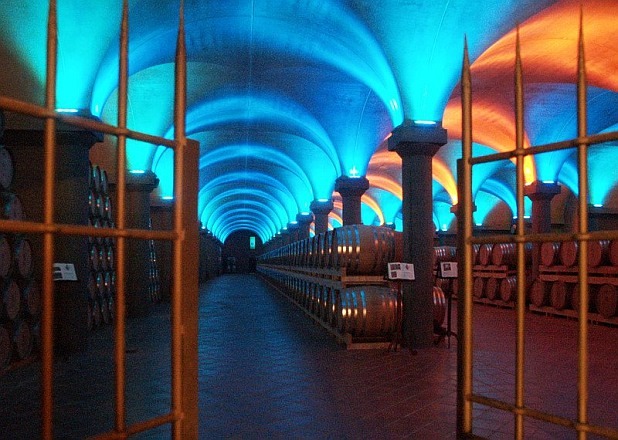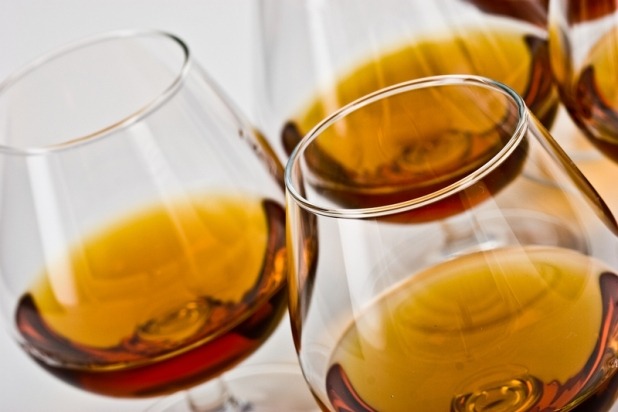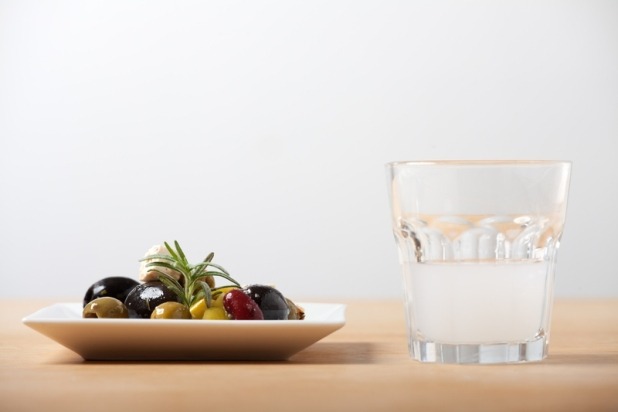11 Of The World's Coolest Distillery Tours Slideshow
Made from a similar agave plant as tequila, mescal (or mezcal) is tequila's stronger, smokier cousin. Exclusive to the region of Oaxaca, the spirit is made much the same way today as it was when it was originally discovered over 200 years ago. Los Danzantes Mezcal Distillery is one of the region's premiere artisanal mescal producers who, since opening in 1997, have been employing traditional and authentic mescal making techniques. They offer tours and tastings at their distillery during the week and also own three restaurants in the region, at which you can sample mescal as it pairs with mouth-watering Mexican cuisine.
Vodka: Schiedam, Holland
Vodka is at once an iconic spirit made with great care everywhere from artisanal distilleries in Maine to well-known behemoths in Russia and a vehicle for mixers like Red Bull. Vodka can originate in many forms, from potatoes to wheat and soybeans to gapes, but they all go through a similar distillation and filtering process. At the Nolet Distillery, home to Ketel One brands, you'll spend two hours touring the property, which features a newly minted windmill, which they opened in 2005. Modeled after traditional Dutch windmills, Nolet's generates electricity for the distillery, which you'll also tour to see how Ketel One Vodka is made.
Calvados: Normandy, France
At the end of a long and leisurely dinner — one that started with Champagne, moved to a bottle or two of wine, and finally into desserts and espresso — the sharp, sweet taste of a digestif is a most delightful punctuation. And calvados, an apple brandy, is a favorite. What starts out as a cider is distilled and aged in hundred year old casks to become the brightly caramel colored spirit. At the Busnel Calvados Distillery in Normandy, one of the region's largest, an hour and a half tour takes you through cellars to the distilling room, explains all the tools in the brandy-making process, and finishes with a tasting.
Sake: Kanazawa, Japan
Sake can be somewhat of a mystery, even for passionate Japanese food-lovers — the main distinction in choosing a bottle is often just: cold or hot. Made from rice, sake is truly the quintessential Japanese alcohol and while the origins remain unclear, sake is mentioned in historical texts from 712. At Fukumitsuya, in Kanazawa, Japan, this history (they were founded in 1625) and intensity of tradition is evident. Part of the tour includes a water tasting — called Blessed Water, one-hundred year old water is used to brew their sake. The 30-minute to hour-long tour finishes, also, with a sake tasting.
Cava: St. Sadurní d'Anoia, Spain
Essentially known as Spain's answer to Champagne, cava is a Catalan sparkling wine that is produced in cave cellars. At Codorníu, in St. Sadurní d'Anoia, there is an entire around making cava. The architecture is rich with history, Codorníu-inspired artworks abound, and the underground cellars tell the story of how each barrel is lovingly made. Call ahead to plan a tour of the grounds and a cava tasting.
Grappa: Piemonte, Italy
Grappa is not for the faint of heart. A grape-based brandy, grappa is an exclusively Italian spirit that truly packs a punch. Enjoyed in Italy as a digestif after dinner, it is an acquired taste, with some even calling it Italian firewater. Distillerie Berta, in Italy, has been producing grappa since the 1940s. They now boast an array of products to their name, a Berta Museum, the distillery's Nature Park, and a recently reopened distillery in Casalotto di Mombaruzzo, at which guests can taste grappa straight from the source.
Genever: Amsterdam, The Netherlands
The parent spirit to gin, genever (or jenever) is a blend of malt wine, grain alcohol, and herb distillate that was, in its heyday, used in many classic 19th century cocktails. Making a comeback today, genever is still often served straight from the freezer, like vodka, in shot glasses. One of The Netherlands' premiere genever producers is Lucas Bols, who's House of Bols hosts a "cocktail and genever experience" in Amsterdam. A self-guided interactive tour takes you through room after room of sensorial and historical delights. The Genever Room is where you'll learn about genever in the 1820s and the tour ends in the Mirror Bar, where bartenders will mix you a Bols cocktail.
Port wine: Porto, Portugal
Ordering wine with dessert can often feel over-indulgent. But that's what dessert is — an indulgence — and the sweetness and bold flavors of Port wine should be enjoyed alongside, not avoided altogether. Made exclusively in Portugal's Douro Valley, the fortified wine can be studied and tasted at Porto Solar where stunning views and a wide array of Port wines expand before you with the opportunity to taste each one. They'll also organize parties and tutored tastings to go further in depth.
Cognac: Jarnac, France
However you first discovered cognac (perhaps via Busta Rhymes?), you have heard of Courvoisier. Among the best known makers of cognac, which is a brandy named after the region of France from which it derives, Courvoisier opened its doors in the mid-1800s. And their property's museum tour takes you through the history of the spirit and the brand itself, which boasts a tumultuous last 200 years. Of course, you'll also learn about traditional cognac-making techniques and choose from their expansive collection of brandies to taste.
Akvavit: Aalborg, Denmark
Akvavit (or aquavit) is to Scandinavia as grappa is to Italy or ouzo is to Greece. It's an intense, often flavored spirit that is generally served as a shot, rather than in a cocktail. Aalborg Akvavit is among the largest producers in Denmark, with akvavit production dating back to the late 1800s. A visit to their distillery can take roughly two hours, during which time you'll tour the factory, visit their on-site akvavit museum, and enjoy a taste test. The distillery, as it stands today, opened in 1931, so the space is richly historical and visually fascinating, as well. If you ask nicely, they may also teach you some of their famous akvavit songs.
Ouzo: Plomari, Greece
Getting its flavor from anise (which tastes much like liquorice), ouzo can be a pretty divisive spirit if for no other reason than its sinus-clearing intensity. An aperitif, ouzo is usually enjoyed before a meal much like Campari. You'll find it available in every nook and cranny in Greece, prepared with a bit of water which turns the clear liquid a soft, milky white. But you'll want to tour Barbayanni Ouzo in Plomari for the full story. The family-owned company has been producing ouzo for over 150 years and in their museum, you'll see the original equipment used to make their famous products. The museum is free and tastings can be arranged in advance.










